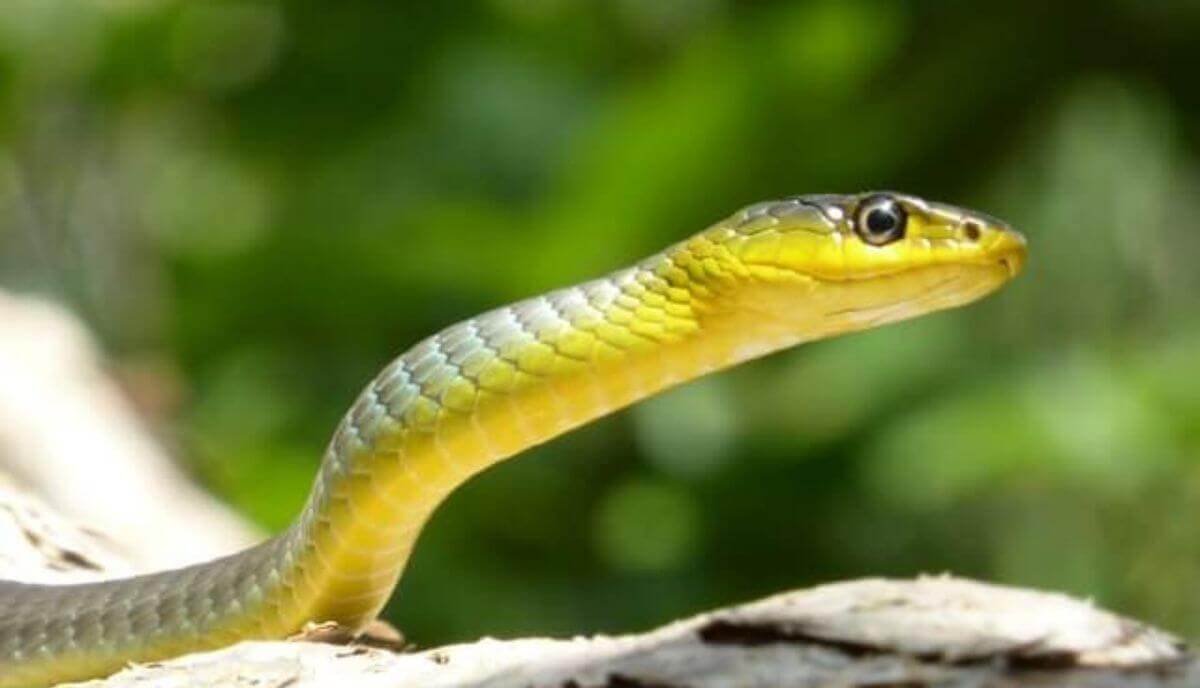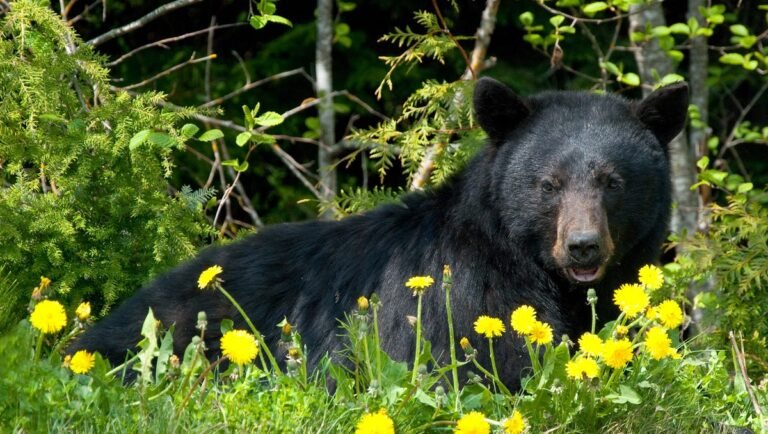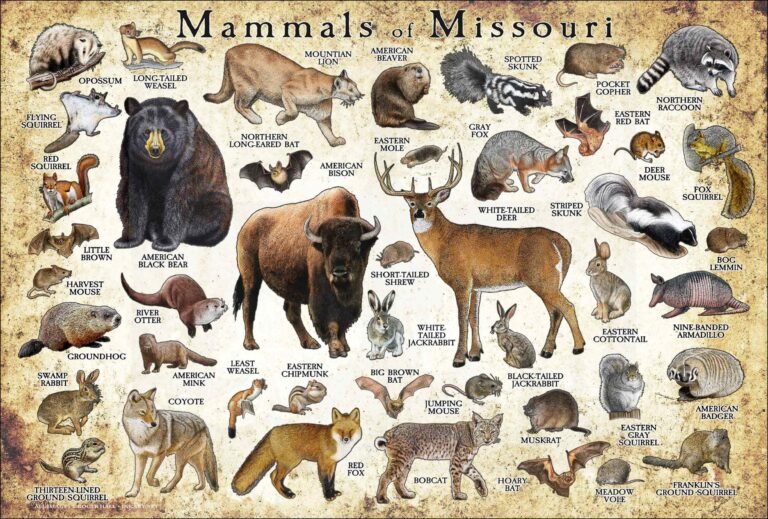List of Animals With Scales (12 Examples With Pictures)
There are a variety of animals that have scales. This list will explore 12 different examples with accompanying pictures. Some of these animals include the common carp, catfish, sturgeon, and tilapia.
These fish all have large, tough scales that protect them from predators and parasites. Other animals on this list include reptiles such as the Komodo dragon and gila monster. Both of these lizards have small, tough scales that help to insulate their bodies and keep them hydrated in arid environments.
Additionally, there are several species of snakes that have either large or small scales depending on the species. For example, pythons have very large scales whereas vipers have much smaller ones. Finally, there are two types of mammals that possess unique scale patterns: armadillos and pangolins.
Armadillos have bony plates called scutes which cover their backs and tails whereas pangolins have overlapping keratinous scales covering their entire bodies.
Let's Explore Fur, Feathers, Scales or Skin
If you’re looking for a list of animals with scales, you’ve come to the right place! Scales are a type of protective skin covering that is found on many different types of animals. They can be made of different materials, such as keratin (which is what our fingernails and hair are made of), chitin (which is found in the exoskeletons of insects), or bone.
Scales provide protection from predators and the environment, and can also help with camouflage. Some animals use their scales as weapons, like the African rock python which has sharp, backward-facing scales on its belly that help it to grip onto prey.
Here are 12 examples of animals with scales, complete with pictures:
1. Fish – Fish are probably the first thing that comes to mind when you think of animals with scales. Their slimy skin is covered in tiny overlapping plates that protect them from predators and parasites.
2. Alligators & Crocodiles – These large reptiles have thick, tough skin that is covered in large scutes (a type of scale).
The scutes provide armor-like protection against attacks from other predators.
3. Lizards – Like alligators and crocodiles, lizards are also reptiles with scaly skin. Many lizards also have fringes or crests made up of long scales running down their back which can be used for communication or intimidation purposes.
4. Snakes – Similar to lizards, snakes are also reptiles with scaly skin. However, snakes lack limbs so their entire body is covered in overlapping rows of scales. These specialised scales help them to move effortlessly through their environment and also provide excellent camouflage against potential predators or prey items .
Which Animals Have Scales on Their Body
Scales are a type of protective skin found on many animals. They provide defense against predators and the environment, and help the animal to retain moisture. Scales can be made of different materials, including keratin (a protein), chitin (a sugar), or calcium carbonate.
There are many animals that have scales on their body. Some examples include fish, reptiles, amphibians, and birds. Fish are covered in scales that are usually made of tough proteins like keratin.
The scales can be large or small, depending on the species of fish. Reptiles also have scales on their body, which helps them to stay cool in warm climates and protect them from predators and injury. Amphibians typically have softer skin with some bumps or ridges that resemble scales.
Birds have a type of scale called a feather, which helps insulate their body and keep them warm.
Animals with scales typically live in environments where there is water present. This is because water helps to keep their bodies moist, which is necessary for survival.
Scales also help these animals to move through water more easily by reducing drag on their bodies.
Sea Animals With Scales
Scales are an important part of a fish’s body. They provide protection from predators and the environment. Scales also help the fish to swim by reducing drag in the water.
There are two main types of scales: cycloid and ctenoid. Cycloid scales are smooth and round, while ctenoid scales have spines on their edges. Most bony fish have cycloid scales, while many cartilaginous fish have ctenoid scales.
Some sea animals, such as eels and sharks, do not have any scales at all. Other sea animals, such as turtles and crocodiles, have hard shells that provide them with protection instead of scales.
Animals With Shells
Animals with shells are a type of animal that have an exoskeleton, or external skeleton. This means that their skeleton is on the outside of their body, instead of the inside like humans. Shells offer protection from predators and the environment for these animals.
Some animals with shells include crabs, lobsters, shrimp, and snails.
Crabs are a popular seafood item that many people enjoy eating. They have a hard shell that protects them from being eaten by predators or crushed by waves.
Lobsters are another type of seafood that has a hard shell. They live in saltwater and can grow to be over two feet long! Shrimp are small crustaceans that also have a hard shell.
They live in both salt and freshwater and are often used as bait for fishing. Snails are creatures with soft bodies that live inside of a hard shell. They move very slowly and eat plants or decaying matter.
Shells come in all sorts of shapes and sizes depending on the animal they belong to. Some animals even have colorful shells! The next time you see an animal with a shell, take some time to appreciate the amazing way they’ve adapted to their environment.
Mammals With Scales
There are only a handful of mammal species that have scales instead of fur. These unique animals include the pangolin, armadillo, and echidna. While most mammals have hair or fur, these three species have developed tough skin with small, overlapping scales.
The pangolin is a nocturnal animal that is native to Africa and Asia. It has large claws that it uses to climb trees and tear open logs in search of insects to eat. The pangolin’s body is covered in thick scales made of keratin, the same material found in human fingernails and hair.
When threatened, the pangolin can roll up into a tight ball, protected by its armor-like scales.
The armadillo is another mammal with scaly skin. There are over 20 different species of armadillo found in Central and South America.
These strange creatures are well-known for their hard shells which they use for protection from predators. Some armadillos can even curl up completely inside their shell! Like the pangolin, the armadillo’s scales are made of keratin.
The third mammal with scales is the echidna – sometimes called the “spiny anteater” because it eats ants and termites using its long tongue. Echidnas live in Australia and New Zealand where they burrow underground to escape the heat of the day. Their bodies are covered in sharp spines as well as smaller scale-like structures called “papillae” which help them move through tight tunnels underground.
So why do some mammals havefur while others have developed tough skin with small scales? Scientists believe that it all comes down to climate adaptation – those animals who live in hot climates are more likely to lose their fur (or never develop it in the first place) in order to stay cool!
Animals That Have Feathers
There are many animals in the world that have feathers. Some of these animals include birds, chickens, ducks, and geese. Feathers are a type of outgrowth from the skin that helps these animals to fly or keep warm.
They also help to waterproof the animal’s body.
Birds are some of the most well-known animals that have feathers. They use their feathers to fly through the air.
The different colors and patterns on bird feathers can help them to camouflage themselves from predators or find mates. Chickens, ducks, and geese also have feathers. These animals cannot fly like birds, but their feathers still help them to stay warm and dry.
Feathers are an important part of an animal’s anatomy and provide many benefits for those creatures that have them!

Credit: www.animalwised.com
What are Examples of Animals With Scales?
Scales are a type of keratinous skin growth that is found in fish and reptiles. They provide protection from predators and the environment, and aid in locomotion. There are two main types of scales: placoid and cycloid.
Placoid scales have a rough surface and are found on sharks and rays. Cycloid scales are smooth and found on most bony fish. Some reptiles, such as snakes, have both types of scales.
Animals with Scales
Alligators Bearded dragons Betta fish Blindsnakes Boas Bullfrogs Carp Catfish Chameleons Clownfish Common musk turtles Corn snakes Cottonmouths Crocodiles Desert tortoises Dragons Eels Geckos Gila monsters Grass lizards Green iguanas Iguana Keelbacks Komodo dragons Lacertids Lampreys Leopard geckos Moray eels Newts North American water snakes Painted turtles Pythons Sailfin lizards Skinks Snakes Soft-shelled turtles Starfish Sticklebacks Stone loaches Texas spiny lizards Tilapias Toads Tree frogsTriggerfishes Turbots Turtles Vipers Warays Watersnakes Whale sharksWhite’s tree frogs Woodlice Xenopus Zebrafish
Some animals that have scale-like structures but are not true fish or reptiles include: barnacles, horseshoe crabs, shrimp, and some insects (such as butterflies).
Is There a Bird With Scales?
There are a few different types of birds that have scales on their legs and feet. The most common type of bird with scales is the pheasant. Other birds that have been known to have scales include the kiwi, emu, and rhea.
While these are the only types of birds currently known to have scales, it is possible that there are other species out there with this trait.
What Animal Have Scales And Fins?
There are many animals that have both scales and fins. Some examples include certain types of fish, reptiles, and amphibians.
Fish are covered in slimy scales that protect their bodies and help them move through the water.
They use their fins to swim and steer. Some fish have different types of fins – for example, some have a dorsal fin (on their back) to help them balance, while others have pectoral fins (on their sides) to help them turn.
Reptiles such as snakes and crocodiles also have scales.
These provide protection from predators and the environment. They often use their long tails to help them swim through water or climb trees. Some reptiles also have webbed feet, which helps them swim even faster!
Amphibians such as frogs typically have smooth skin with some small bumps called tubercles. However, they can also develop larger scales if they live in a particularly dry or hot environment. Like reptiles, amphibians sometimes use their webbed feet to assist with swimming; however, they don’t usually have tails.
What Animal Has Scales And Legs?
There are many animals that have both scales and legs, but the most common one is probably the lizard. Lizards come in all shapes and sizes, but they all have one thing in common: their skin is covered in scales. This helps to protect them from predators and keep them warm in cold weather.
Many lizards also have long tails which they can use to balance themselves or to intimidate predators. Some lizards can even detach their tails if they are grabbed by a predator, allowing them to escape.
Conclusion
There are many animals in the world that have scales. Some of these animals include the fish, amphibians, reptiles, and birds. The fish are the only animal group that is exclusively composed of scaled creatures.
Amphibians, reptiles, and birds all have at least some members with scales.
The vast majority of fish have scales. In fact, there are over 32,000 species of fish and almost all of them have scales.
The most common type of scale found on fish is the cycloid scale. This type of scale is characterized by its smooth outer edge and concentric circles on its surface. Other types of scales found on fish include ctenoid scales (which have spines sticking out from their edges) and placoid scales (which look like tiny teeth).
Amphibians typically have either no scales or very few scaleless patches on their bodies. However, there are a small number of exceptions to this rule such as the South American caecilian which has rows upon rows of overlapping scales running down its body. Reptiles also typically have either no scales or very few scaleless patches on their skin with a few notable exceptions such as pangolins (which are covered in large protective plates) and monitor lizards (which can have either full coverage or patchy scaly patterns).
Birds usually don’t have any true feathers but they may sport a few scaly patches near their ankles known as “pantaloons”.






